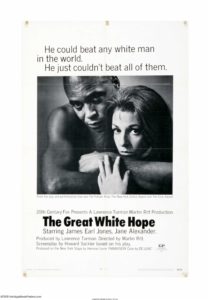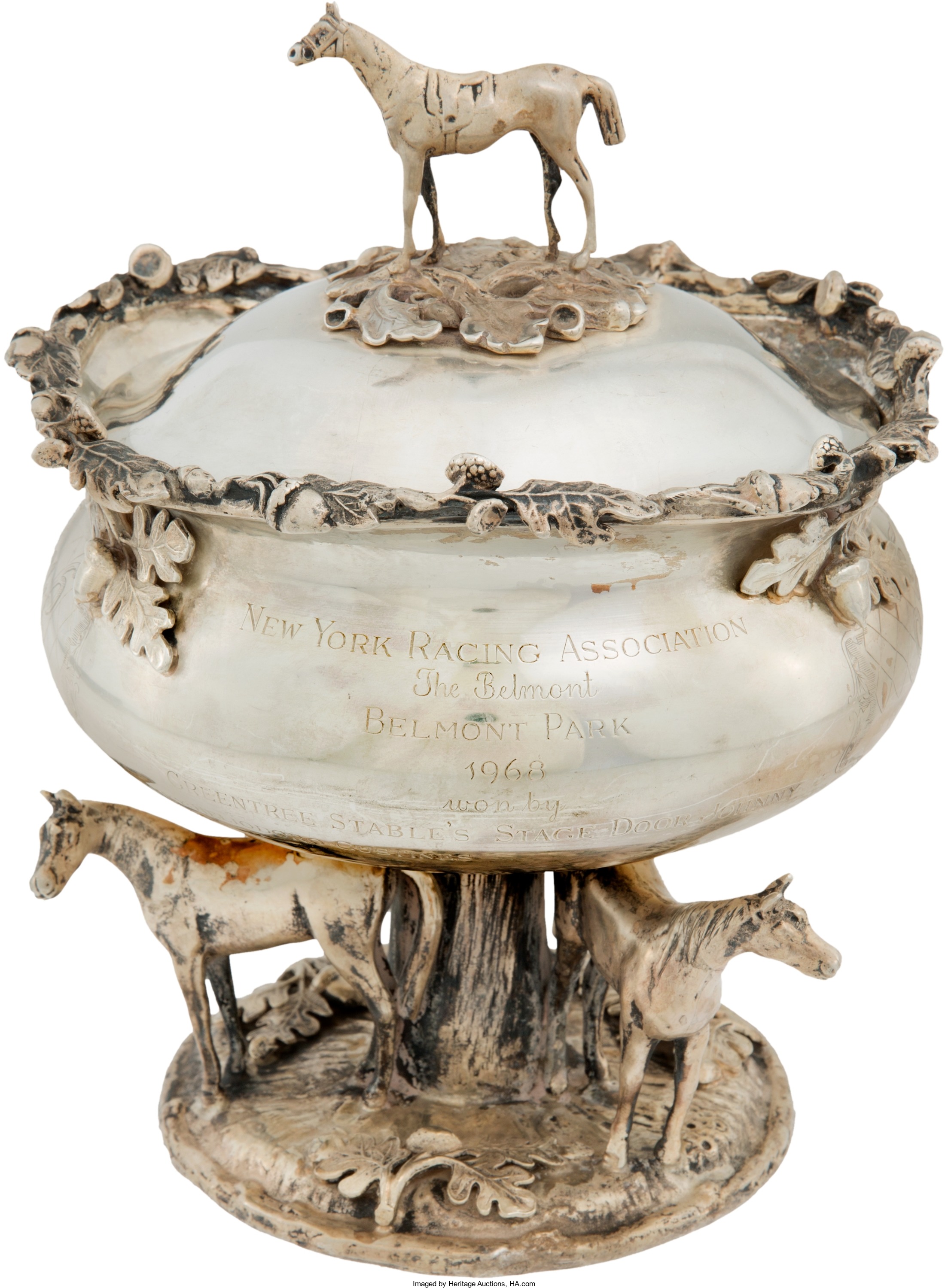
By Jim O’Neal
America in 1900 was a provincial society of 76 million citizens. It is hard to contemplate a place of such innocence … a nation of dirt roads and horse-drawn carriages, of tight corsets and Victorian pretensions, of kerosene lamps and outhouses, of top hats and bowlers, McGuffey Readers and The Ladies’ Home Journal.
Cities were crowded with smoke-filled men’s clubs and ornate-paneled bars, while country towns were still home to 60 percent of the population, villages of stark simplicity and virtue. The average American had but five years of schooling and the nation only recently had made dramatic strides in improving literacy. Yet even in the absence of sophistication, most people were convinced America and its people were God’s chosen few.
The St. Louis World’s Fair of 1904 (the Louisiana Purchase Exposition), commemorating the 100th anniversary of the Louisiana Purchase (a year late), was striking in its arrogance of America’s place in humanity. In addition to the ice cream cone, hamburger/hot dog, and iced tea – all introduced here – the fair featured an anthropology exhibition to explain human progress via the general increase in the size of the human cranium, the principle of “cephalization.”
Anthropologist W.J. McGee designed a display of pygmies from Africa, Patagonian giants from Argentina, and Native Americans in ethnological settings – purportedly to demonstrate the peak of upward human development from savagery to barbarism to civilization. The implicit message was the distinctive American alchemy that had transformed people to a higher state of being.
Throughout the 19th and early 20th centuries, there was a furious competition between scientists and pseudoscientists around the world to discover evolution’s “missing link.” All of them turned out to be bogus. The 1868 discovery in Albany, N.Y., of the Cardiff Giant turned out to be a gypsum statue aged with an acid bath. Then P.T. Barnum constructed his own Cardiff Giant, which he exhibited at his circus (a hoax of a hoax).
In perhaps the most celebrated of discoveries, Britain’s Piltdown Man, “unearthed in 1912,” established England as the cradle of civilization for 40 years. Then it was declared a phony, a mixture of orangutan bones assembled by an amateur paleontologist eager for fame.
Today, we still don’t know exactly how life began, but we do know, finally, how we got from there to here. One thing is certain: The path went through that 1904 fair in St. Louis – and I wish I had been there to attend the first Olympic Games held in the United States, eat a hot dog and end up in one of those bars with a mug of cold beer.
 Intelligent Collector blogger JIM O’NEAL is an avid collector and history buff. He is president and CEO of Frito-Lay International [retired] and earlier served as chairman and CEO of PepsiCo Restaurants International [KFC Pizza Hut and Taco Bell].
Intelligent Collector blogger JIM O’NEAL is an avid collector and history buff. He is president and CEO of Frito-Lay International [retired] and earlier served as chairman and CEO of PepsiCo Restaurants International [KFC Pizza Hut and Taco Bell].










 Everyone was confused until they realized the scoreboard clock should have displayed 10.00, a feat that had never been achieved in modern Olympic history. Then the crowd went wild.
Everyone was confused until they realized the scoreboard clock should have displayed 10.00, a feat that had never been achieved in modern Olympic history. Then the crowd went wild.




